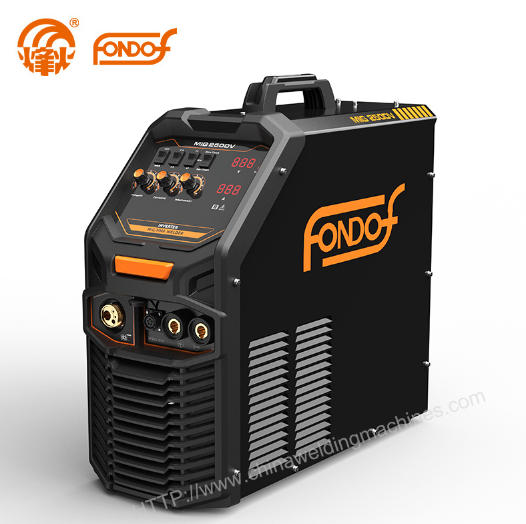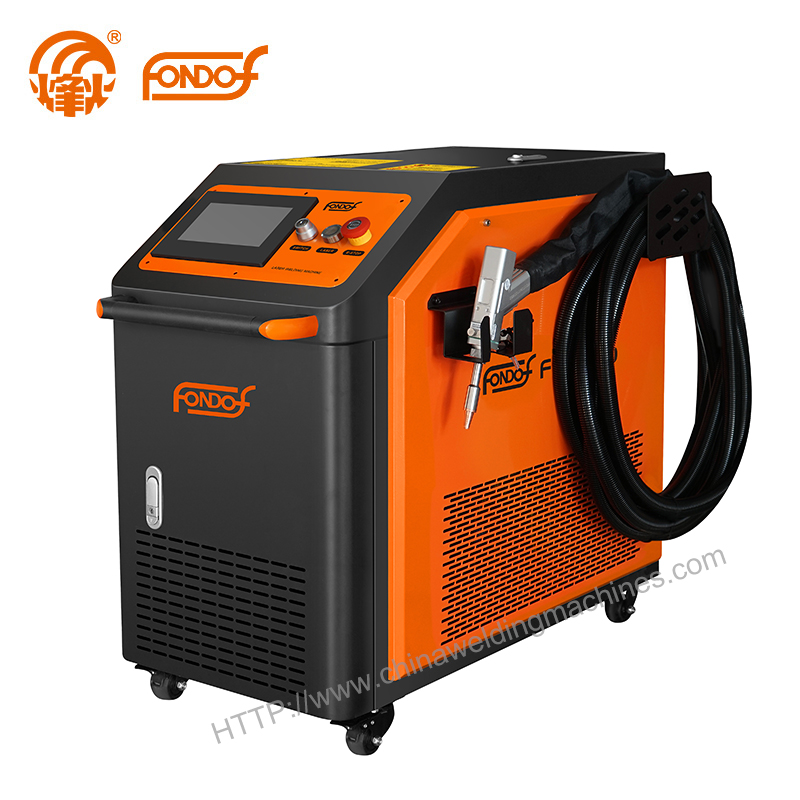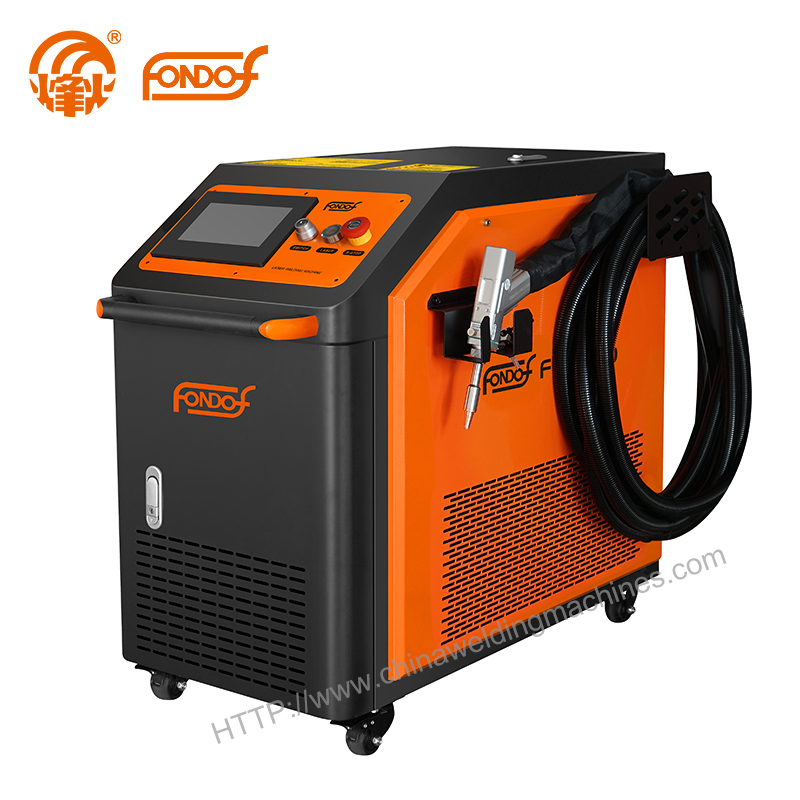The Pros & Cons of MIG Welding
 Jul. 12, 2024
Jul. 12, 2024
The advantages and disadvantages of MIG welding depend largely on the type of MIG welder and the specific application. Understanding these factors is crucial before delving into their pros and cons.
MIG welders are available in 1-Phase, combined 1 and 3-Phase, and 3-Phase variants. 1-Phase MIG welders operate on standard 115 or 230 VAC and are suitable for home garages, body shops, farms, small maintenance tasks, repairs, artistic work, and light fabrication.
Combined 1 and 3-Phase MIG welders offer enhanced versatility. Apart from tasks handled by 1-Phase models, they are employed in light manufacturing and fabrication.
Once the type of welding required is determined, evaluating the advantages and disadvantages becomes easier. Many welders argue that the benefits of MIG welding far outweigh any drawbacks.
Advantages of MIG Welding
1. Higher Productivity: MIG welding saves time by eliminating the need to change rods, chip slag, or frequently clean the weld. This allows welders to work faster and more efficiently.
2. Ease of Learning: One of the key advantages of MIG welding is its simplicity. Welders can grasp the basics in just a few hours, with some instructors claiming they can teach the fundamentals in as little as twenty minutes, describing MIG welding as a straightforward "point and shoot" process.
3. Clean and Precise Welds: MIG welding offers excellent visibility of the weld pool, combined with precise control provided by the automatic wire feeding. This makes it easier to achieve clean, aesthetically pleasing welds.
4. Clean and Efficient: Using a shielding gas to protect the arc, MIG welding minimizes alloy loss during metal transfer and produces minimal slag (common in stick welding) and weld spatter. Cleanup is quick and easy, allowing welders to resume work promptly.
5. Versatility: MIG welding is highly versatile, capable of welding a wide range of metals and alloys. It can be used in semi-automatic and fully automatic modes, making it suitable for both home projects and industrial applications. Metals commonly welded with MIG include aluminum, copper, stainless steel, mild steel, magnesium, nickel, and their alloys, as well as various types of iron alloys.
6. Increased Welding Speed: The continuous wire feed in MIG welding keeps both hands free, enhancing welding speed, weld quality, and overall precision.
Disadvantages of MIG Welding
Cost
Welders will notice right away that MIG welding equipment is more complex and costly, while also sacrificing portability. In addition, shielding gas, electrodes, and replacement tips and nozzles for MIG welding can add up.
Limited Positions
The fluidity of the welding puddle and the high heat input of MIG welding make it unsuitable for vertical or overhead welding. Consider this limitation when deciding whether a MIG welder can handle all planned tasks.
Unsuitable for Outdoor Welding
MIG welders, besides being non-portable, are not ideal for outdoor use due to their reliance on shielding gas to protect weld purity. Wind can disrupt the gas shield, affecting weld quality. However, they excel in controlled environments like automotive workshops.
Fast Cooling Rates
Since MIG welding doesn't leave a slag cover, welded metal cools quickly after welding.
Limited Thickness Capability
While effective for thin metals, MIG welding may not provide sufficient penetration for thicker steel requiring robust welds.
Shielding Gas Considerations
Managing and replacing shielding gas bottles can be cumbersome and may interfere with welding operations.
Material Preparation
Effective MIG welding demands clean materials free of rust and dirt to ensure quality welds and safety.
Conclusion
In conclusion, MIG welding machine is a versatile and efficient welding process suitable for a wide range of applications, offering benefits such as ease of use, high welding speed, and clean welds. However, it also has drawbacks, including equipment costs, sensitivity to environmental conditions, and skill requirements. Before choosing MIG welding for your project, consider the specific requirements, material thickness, and environmental factors to determine if it aligns with your needs.
For more information on MIG welding equipment or to find a reliable welding supplier, contact us today.





























